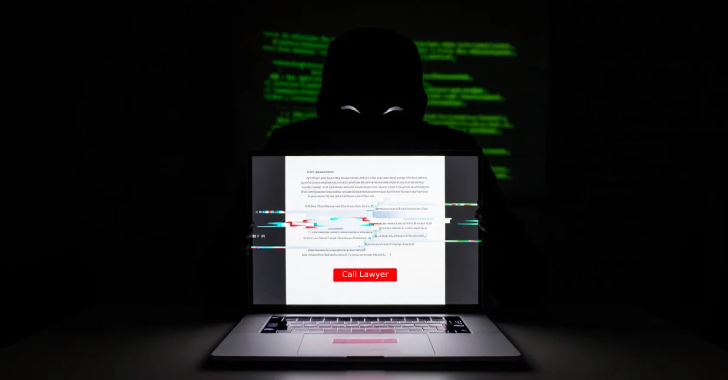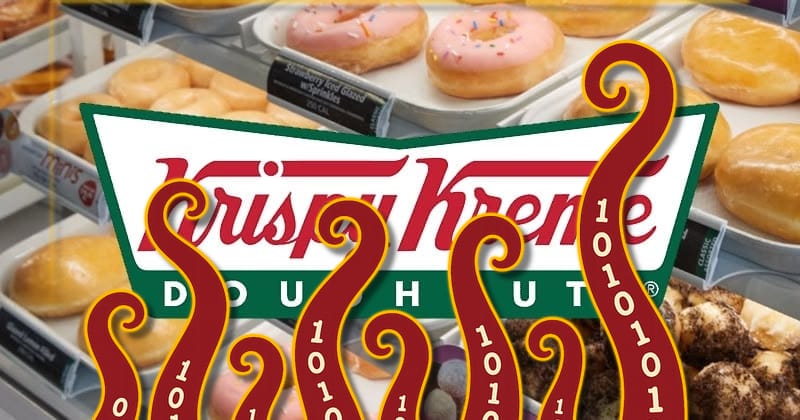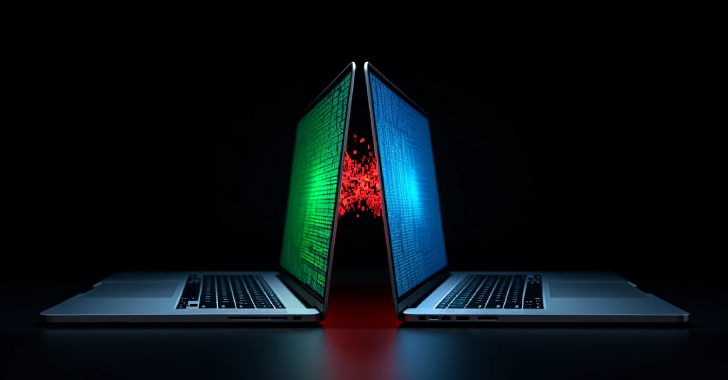Interesting forensics in connection with a serial killer arrest:
Investigators went through phone records collected from both midtown Manhattan and the Massapequa Park area of Long Island—two areas connected to a “burner phone” they had tied to the killings. (In court, prosecutors later said the burner phone was identified via an email account used to “solicit and arrange for sexual activity.” The victims had all been Craigslist escorts, according to officials.)
They then narrowed records collected by cell towers to thousands, then to hundreds, and finally down to a handful of people who could match a suspect in the killings.
From there, authorities focused on people who lived in the area of the cell tower and also matched a physical description given by a witness who had seen the suspected killer.
In that narrowed pool, they searched for a connection to a green pickup truck that a witness had seen the suspect driving, the sources said.
Investigators eventually landed on Heuermann, who they say matched a witness’ physical description, lived close to the Long Island cell site and worked near the New York City cell sites that captured the other calls.
They also learned he had often driven a green pickup truck, registered to his brother, officials said. But they needed more than just circumstantial evidence.
Investigators were able to obtain DNA from an immediate family member and send it to a specialized lab, sources said. According to the lab report, Heuermann’s family member was shown to be related to a person who left DNA on a burlap sack containing one of the buried victims.
There’s nothing groundbreaking here; it’s casting a wide net with cell phone geolocation data and then winnowing it down using other evidence and investigative techniques. And right now, those are expensive and time consuming, so only used in major crimes like murder (or, in this case, murders).
What’s interesting to think about is what happens when this kind of thing becomes cheap and easy: when it can all be done through easily accessible databases, or even when an AI can do the sorting and make the inferences automatically. Cheaper digital forensics means more digital forensics, and we’ll start seeing this kind of thing for even routine crimes. That’s going to change things.





